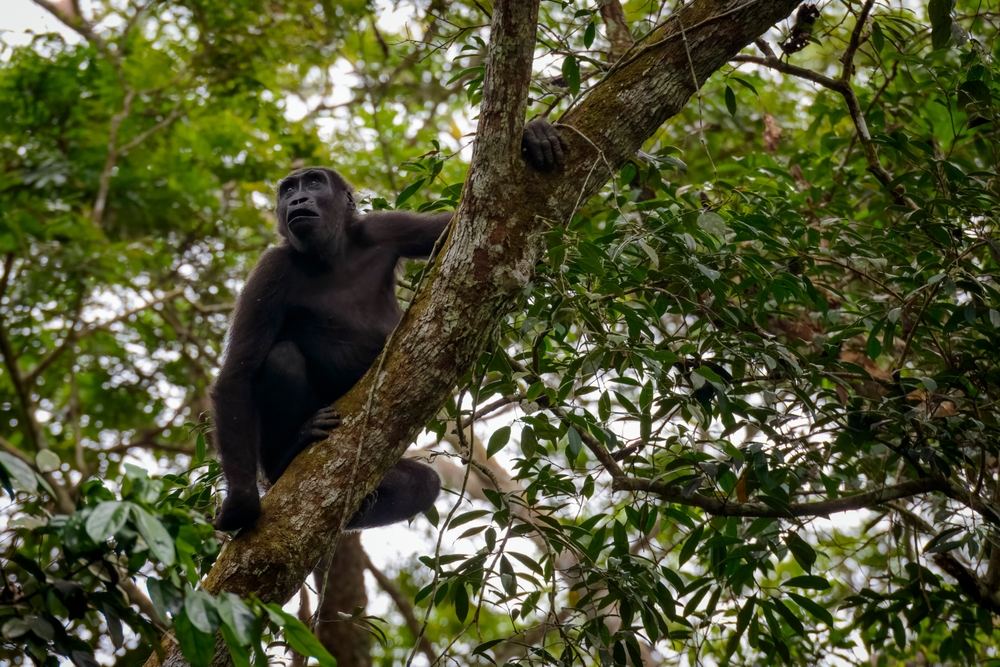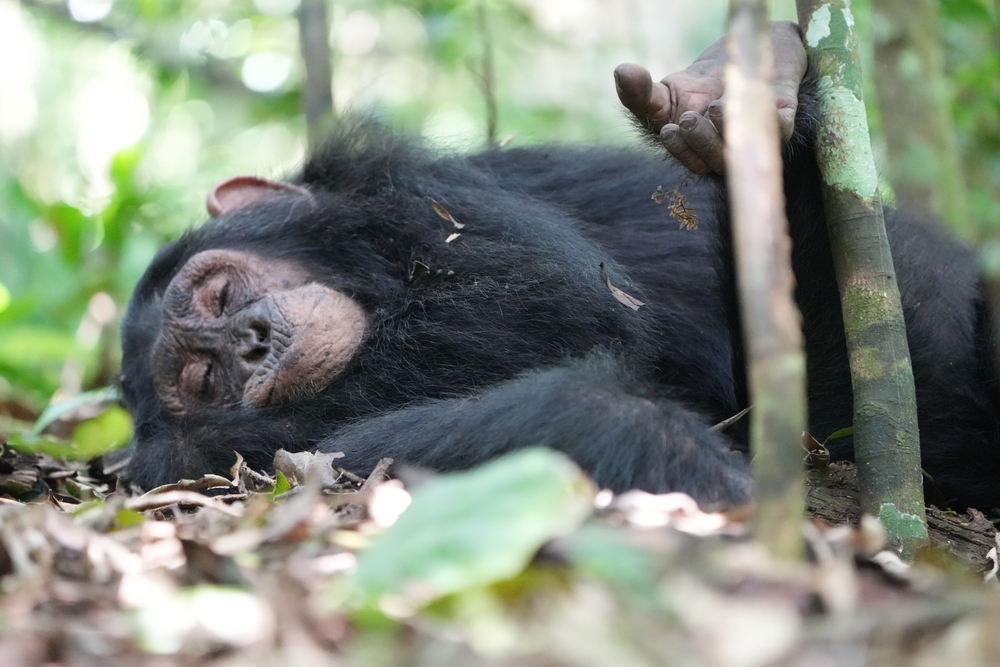The Republic of the Congo, located in Central Africa, is home to vast, untouched wilderness areas that are among the most biodiverse in the world. Its national parks are critical for conserving rare and endemic species, protecting vital ecosystems, and offering opportunities for eco-tourism. Among these, Odzala-Kokoua National Park, Nouabalé-Ndoki National Park, and Conkouati-Douli National Park stand out for their ecological significance and conservation efforts.
Odzala-Kokoua National Park, located in the northwest, is one of Africa’s oldest national parks and a part of the Congo Basin rainforest. Covering nearly 13,600 square kilometers (5,247 square miles), it is renowned for its dense forests, savannas, and clearings called “bais,” which attract wildlife such as forest elephants, western lowland gorillas, and a variety of antelope species. The park is a hotspot for primate research and conservation, with efforts focused on gorilla habituation and eco-tourism initiatives to support local communities and reduce poaching.
Nouabalé-Ndoki National Park, situated in the northern part of the country, is a UNESCO World Heritage Site and part of the Sangha Trinational Conservation Area. Spanning approximately 4,000 square kilometers (1,544 square miles), it is a pristine rainforest known for its rich biodiversity. The park is home to chimpanzees, forest elephants, and one of the most significant populations of western lowland gorillas in Africa. Conservation programs in the park are highly effective, emphasizing anti-poaching measures, scientific research, and collaboration with indigenous communities.
Conkouati-Douli National Park, located in the coastal region, is a unique combination of marine and terrestrial ecosystems. It includes mangroves, lagoons, savannas, and rainforest, making it one of the most ecologically diverse parks in the country. The park is vital for marine species such as dolphins, sea turtles, and manatees, while its terrestrial habitats host forest buffaloes, chimpanzees, and various bird species. Conkouati-Douli faces challenges such as illegal fishing and habitat destruction, but conservation efforts have improved through community engagement and sustainable tourism development.
The national parks in the Republic of the Congo face several conservation challenges, including poaching, logging, and human-wildlife conflict. Limited infrastructure and resources for park management further exacerbate these issues. However, there have been notable successes, particularly through international partnerships that support conservation funding, scientific research, and eco-tourism. Programs such as gorilla tracking and community-based conservation have helped raise awareness and provide economic benefits to local populations.
The Republic of the Congo’s national parks are vital for protecting the planet’s biodiversity and mitigating climate change through the preservation of the Congo Basin rainforest. These parks showcase the country’s natural beauty and ecological importance while providing opportunities for sustainable development. With continued conservation efforts, they hold the potential to remain sanctuaries for wildlife and destinations for eco-tourism that benefit both nature and people.















































































